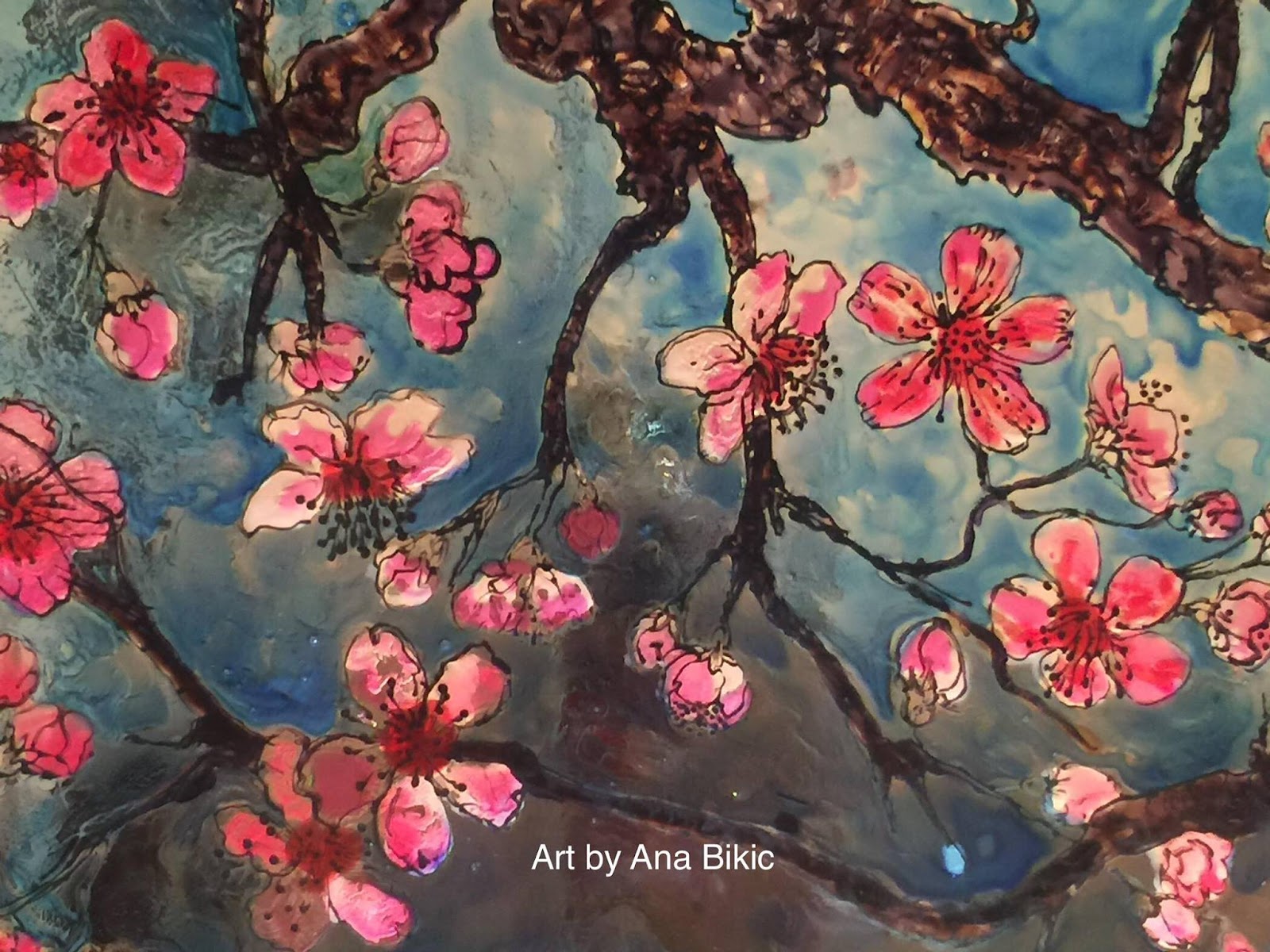In architecture trompe-l'œil has been used to create fantastical illusions, such as paintings of everyday objects like playing cards, appearing as if casually to create an impression public In contemporary interior design, trompe-l'œil has experienced a resurgence, with artists like Rainer Maria Latzke and Graham Rust pioneering new methods and techniques. Illusionary wall paintings and murals have become popular, transforming ordinary spaces into extraordinary realms of image.
 |
| Trompe-l'œil Master Bedroom closet flat doors, Magnify Silver paint Bubbles, creating the illusion of bubbles popping out of the wall. |
In contemporary interior design, trompe-l'œil has experienced a resurgence, with artists like Rainer Maria Latzke and Graham Rust pioneering new methods and techniques. Illusionary wall paintings and murals have become popular, transforming ordinary spaces into extraordinary realms of imagination.
Moreover, trompe-l'œil has found its way into popular culture, with its illusions being featured in music videos, video games, and even tourist attractions. Artists and filmmakers alike recognize the importance of creating immersive worlds that blur the lines between reality and fantasy, captivating audiences with their visual trickery.
Fast forward to today, faux painting techniques continue to be utilized in interior design to create stunning visual effects and illusions. One such technique involves the use of metallic and matte paint collections, like those offered by Modern Masters, to create captivating illusions in modern settings.
Trompe-l'œil master bedroom closet flat doors, painted with Modern Masters' Magnify Silver paint Bubbles, creating the illusion of bubbles popping out of the wall.
By Fine Art Studio, Or Decorative Faux Finish Miami Beach Florida.
This clever design project not only disguises the doors but also adds a touch of luxury and surprise to the space.
%20-%20Copy.jpg) |
| Trompe-l'œil master bedroom closet flat doors, painted with Modern Masters' Magnify Silver paint Bubbles, creating the illusion of bubbles popping out of the wall. |
Faux painting techniques continue to evolve and adapt to contemporary design trends, offering endless possibilities for creating unique and visually stunning environments that captivate the senses and inspire wonder.
 |
| Trompe-l'œil Magnifying Metallic Mercury Bubbles Fine Art Painting |
Trompe-l'œil Magnifying Metallic Mercury Bubbles. Decorative Mural/ Master Bedroom
The technique of trompe l'œil, or "deceive the eye," has a long history spanning various cultures and civilizations. While its origins are often associated with Western art, the concept of creating illusions through visual tricks is not limited to any particular region or period.
In ancient Egypt, for example, artisans utilized trompe l'œil techniques in their tomb paintings and reliefs to create the illusion of three-dimensional space. By skillfully manipulating perspective and shading, they were able to depict scenes of daily life, gods, and pharaohs in a way that appeared lifelike and immersive.
Similarly, in ancient Greece, trompe l'œil techniques were employed in the decoration of temples, theaters, and public spaces. Greek artists used architectural elements, such as columns and pediments, to create the illusion of depth and grandeur, enhancing the visual impact of their designs.
In Japan, the art of trompe l'œil, known as "anshean" or "enshū," has been practiced for centuries. Japanese artists used this technique in various art forms, including painting, architecture, and interior design. One notable example is the use of "shoin-zukuri" architecture, where sliding doors and partitions are strategically positioned to create the illusion of depth and space within a room.
Trompe l'œil techniques have been employed by cultures around the world to enhance their artistic expressions and create captivating visual illusions. Whether in ancient Egypt, Greece, Japan, or beyond, the ability to deceive the eye and create immersive environments remains a timeless and universal aspect of artistic practice.
Nestled near Pompeii lies Oplontis Villa Trompole olei Fresco, A.D.79
 |
| Oplontis Villa Pompeii Fresco Trompole Painting A.D.79 Roman Art |
Nestled near Pompeii lies Oplontis Villa, a stunning testament to the opulence and extravagance of the ancient world. Its trompe-l'oeil frescoes, preserved under layers of lava from the tragic eruption of Mount Vesuvius in AD 79, offer a captivating glimpse into a bygone era of artistic brilliance and architectural splendor. This villa stands as a poignant reminder of the fragility of human existence, frozen in time like a capsule of history. Through its intricate decorations and luxurious furnishings, it whispers tales of a civilization that once thrived, only to be abruptly extinguished by the forces of nature. Yet, from this tragedy emerges a gift to the present—a window into the beauty, drama, and ultimately the resilience of humanity throughout the ages.
Thank you for visiting! At Decorative Faux Finish And Fine Art Studio, Blog. Miami Florida, we are passionate about sharing our creativity for history. The symbols and artistry from early times have shaped our perception, evolution, and learning experience as humanity.
.jpg)








No comments:
Post a Comment